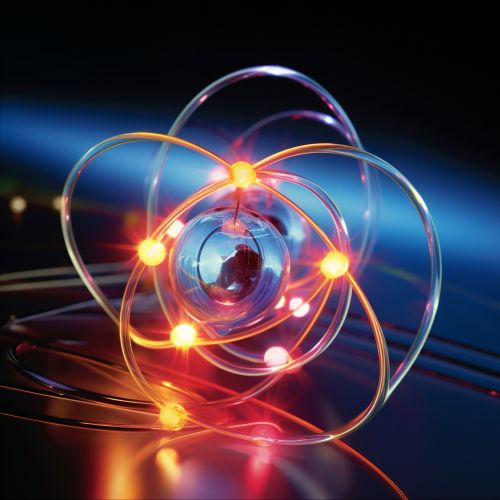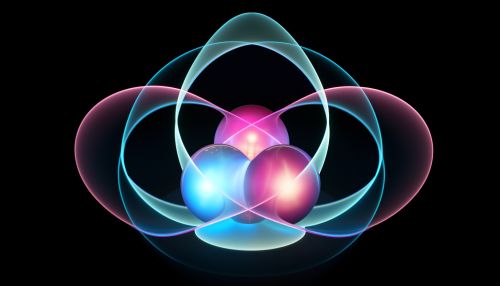Lamb Shift
Introduction
The Lamb shift is a minute difference in energy levels of electron orbitals in a hydrogen atom as predicted by the Dirac equation and as observed experimentally. The discrepancy, which was first measured by Willis Lamb and Robert Retherford in 1947, led to significant developments in quantum electrodynamics (QED).


Historical Context
The Lamb shift was named after Willis Lamb, an American physicist who, along with his graduate student Robert Retherford, first measured this shift in 1947 using microwave techniques. The discovery of the Lamb shift marked a significant turning point in the development of quantum electrodynamics, a theory that describes how light and matter interact.
Theoretical Predictions and Experimental Observations
The quantum mechanical model of the hydrogen atom, as described by the Dirac equation, predicts specific energy levels for the electron orbitals. However, when these energy levels were measured experimentally, a slight discrepancy was observed, which came to be known as the Lamb shift.
Quantum Electrodynamics (QED) and the Lamb Shift
The explanation for the Lamb shift lies in the realm of quantum electrodynamics (QED), the quantum field theory of electromagnetism. QED describes how light (photons) and matter (electrons and positrons) interact. The Lamb shift is a direct result of these interactions, specifically the interaction of the electron in the hydrogen atom with the quantum electromagnetic field.
Calculation of the Lamb Shift
The calculation of the Lamb shift involves complex mathematical manipulations within the framework of QED. The main contribution comes from the interaction of the electron with virtual photons from the vacuum, a phenomenon known as vacuum polarization.
Significance and Impact
The discovery and subsequent explanation of the Lamb shift had a profound impact on the development of QED. It provided one of the first experimental verifications of QED and led to refinements in the theory. Furthermore, it also had implications for the theoretical understanding of other atomic and subatomic systems.
